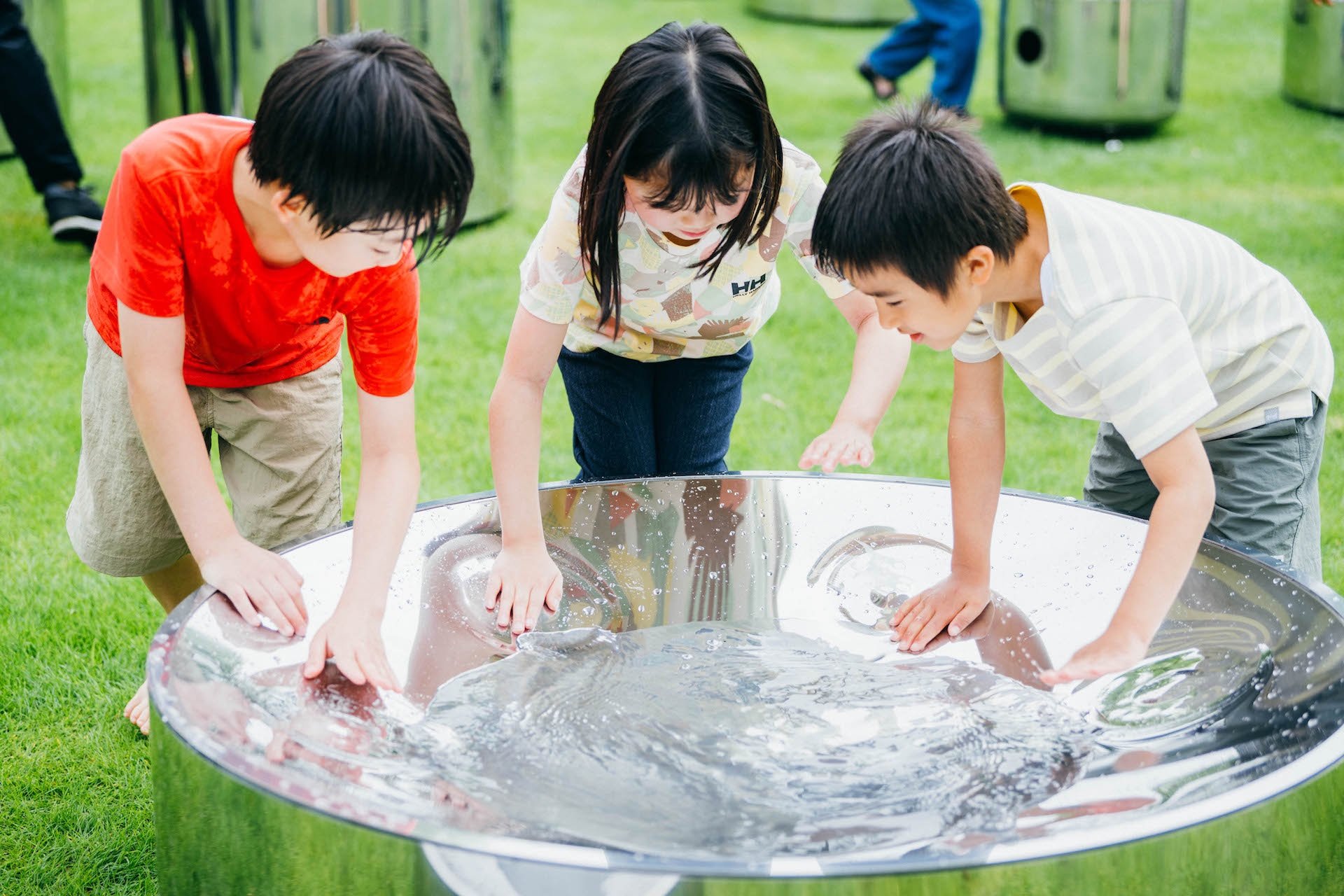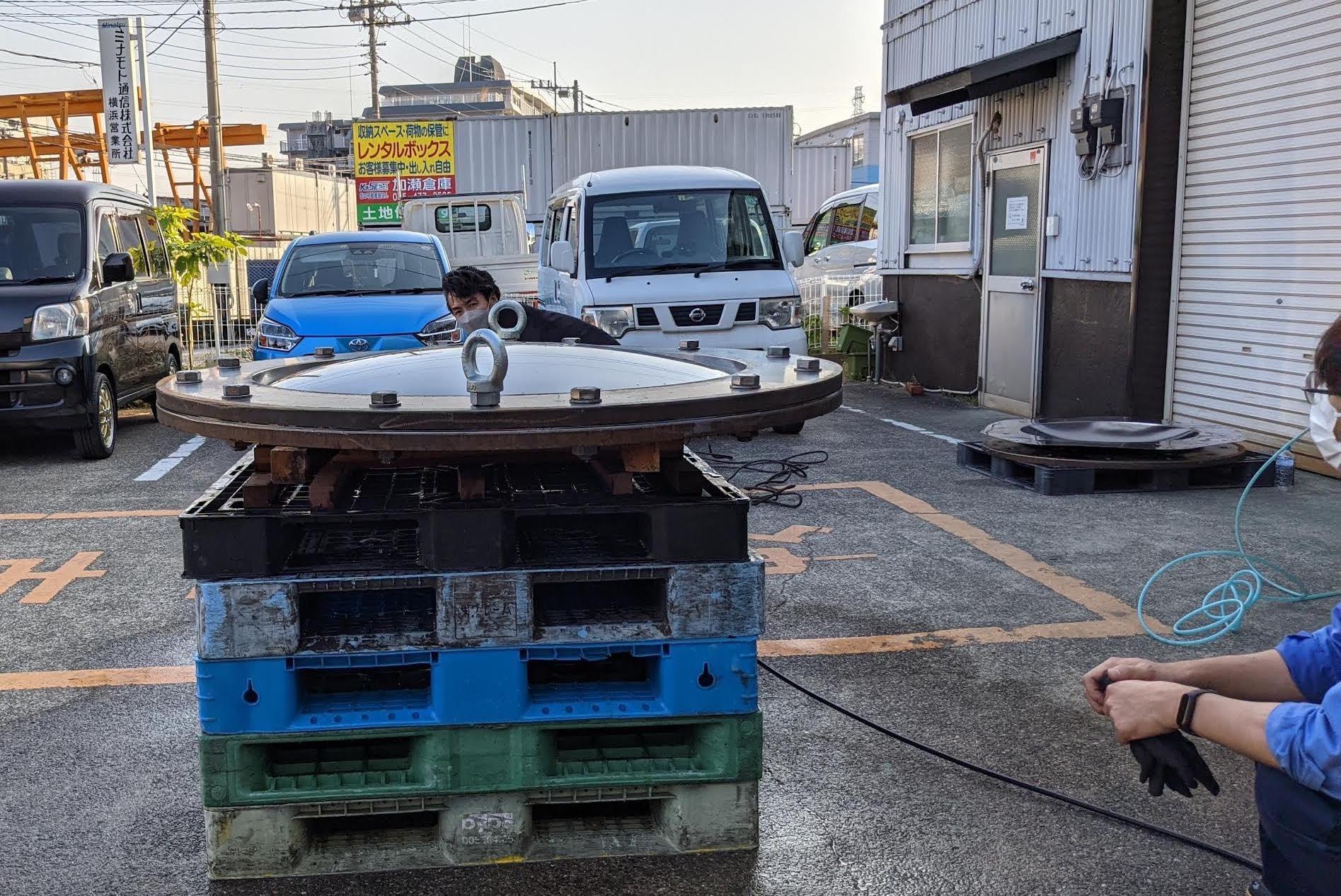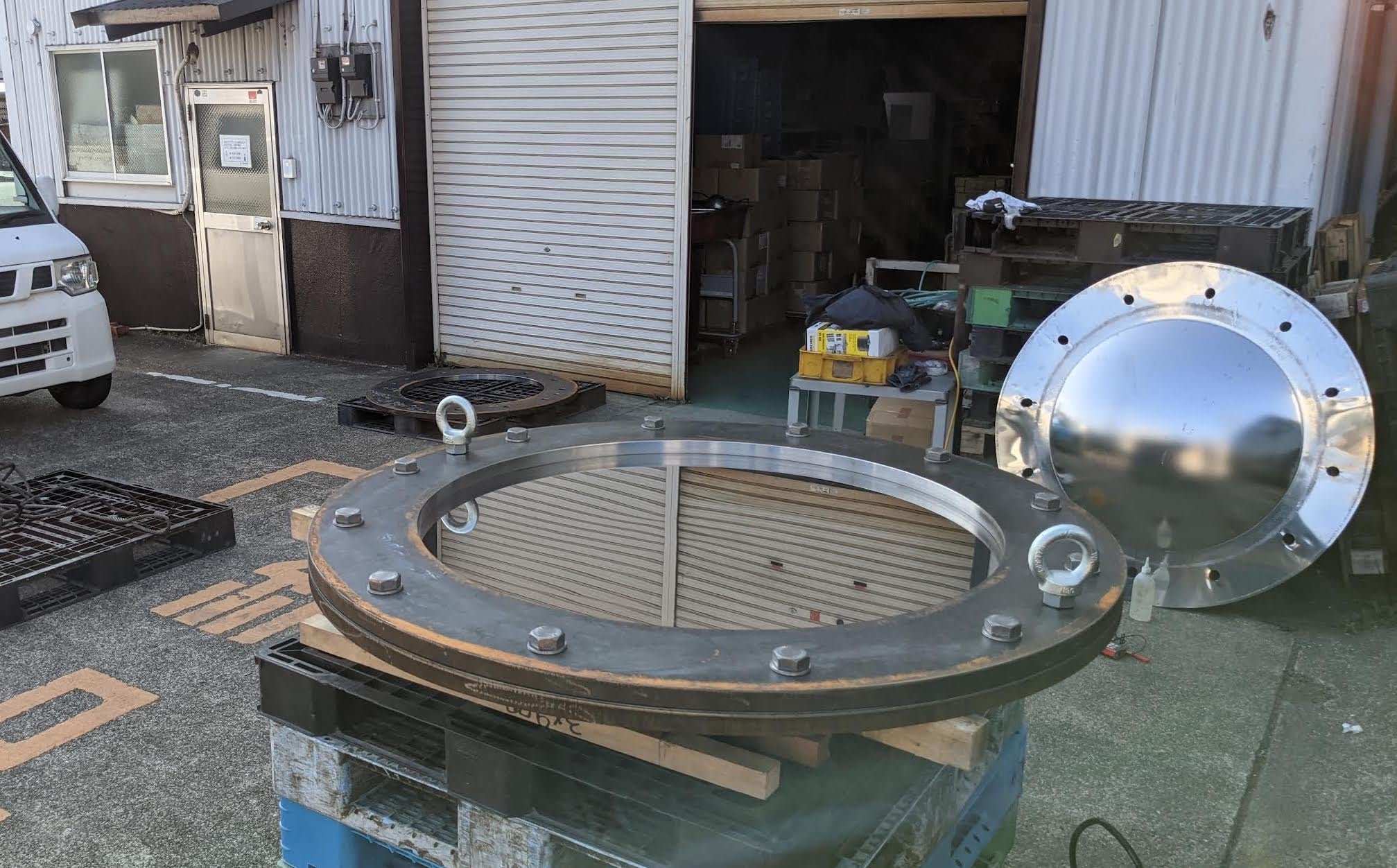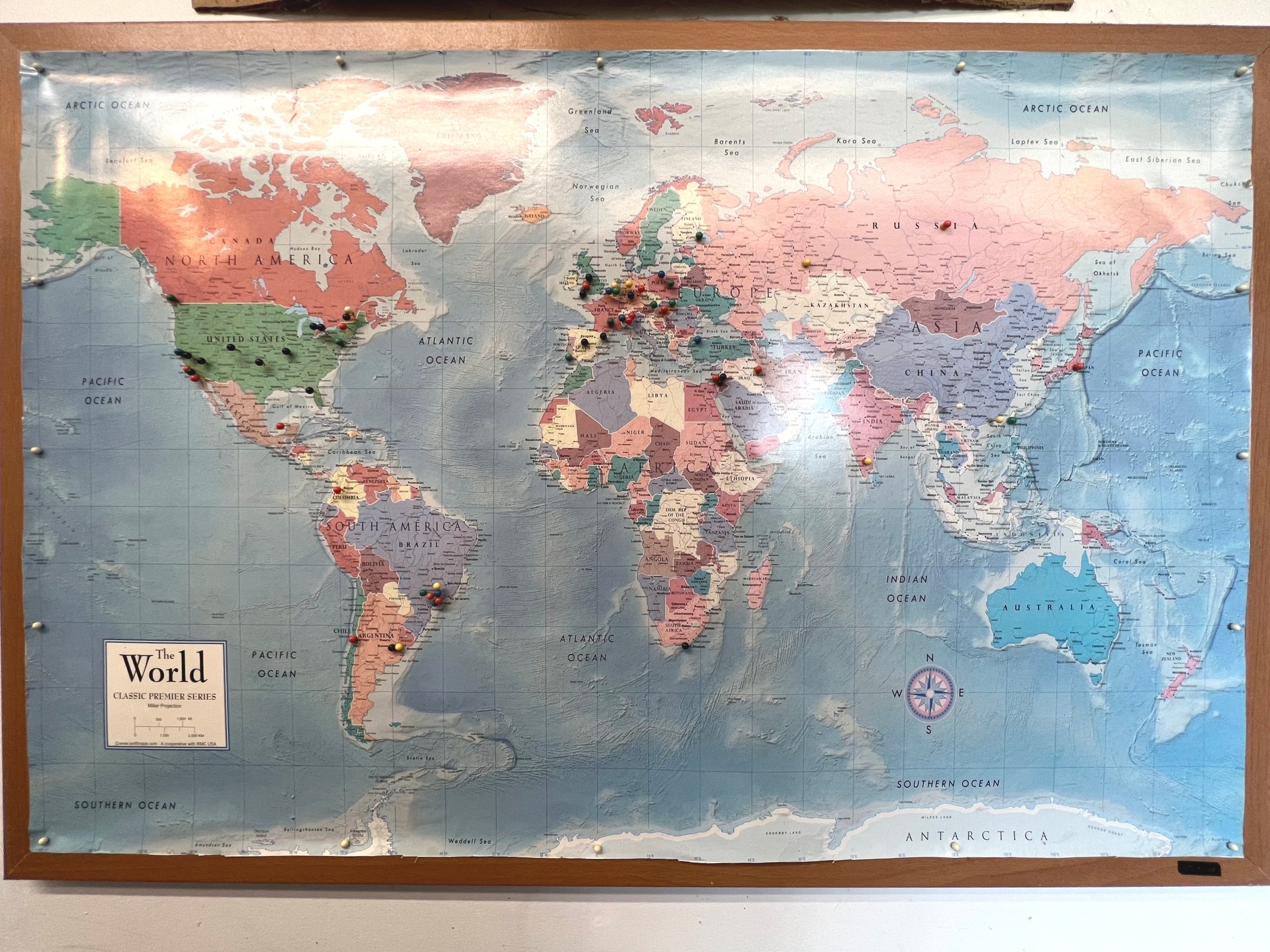The Hydroforming Journey - 8 Years Later
While my journey into hydroforming is well documented in the videos below as well as my second part of The Handpan Podcast, what isn’t very well documented is what happened after, or even right before.
I started exploring the concept of Hydroforming in June 2015 after a chance visit from an enthusiastic customer from Greece. He planted the seed and it quickly came to fruition as I was hydroforming by August. It was immediately evident that I had stumbled across something significant—I was able to make a perfect shell in my shop in a matter of minutes…seconds really.
In the embedded podcast below, you can hear about how I came to the conclusion to open-source hydroforming. In essence, hydroforming is a great way to create a high-quality canvas but it in no way insures you are going to be a good painter. The necessary skills to make a high-quality instrument from that high-quality canvas still have to be earned the hard way.
A few months before I was set to open-source my method, Pantheon Steel got in touch. They had heard that I had developed my own method of making shells and were interested in seeing it in action. As part of their trip to Pantasia 2016 in Joshua Tree, they came to my workshop to see my machine in action. For those who might not have the historical depth to understand the significance of this visit, imagine you’re a backyard rocket hobbyist and NASA calls and says they want to come to see what you’re up to. See what I mean here.
During their visit, I ran my machine for them. Save a little water leaking, it ran successfully and formed a very nice shell. Below is a picture that was snapped of Jim Duson with my original machine. Jim was the driving force behind Pantheon Steel’s shell method, the rolling machine. He was a serious industry innovator and inventor. He immediately had a few ideas of how to improve my design but in general, gave a nod of approval and interest.
After the visit, Pantheon Steel expressed an interest in developing its own machine. I countered by offering to send them a few of my shells to try out before committing to the time and finances of developing their own. They agreed and I sent out four blank, 21” shells that would be put through their process. Kyle Cox went on to finish the first hybrid instrument and stated that while it was not at all the best Halo he’d ever made, it may well be the most significant—it was proof enough that they would adopt my hydroforming method and retire their shell rolling method. A year later Pantheon Steel open-sourced their patented method for rolling a shell as a nod to my choice to open-source my hydroforming method. Years later, I was gifted that initial hydroformed Halo; made with my shell but crafted by Pantheon Steel. It is a prized possession.
Right before I was set to open-source, Yhonatan of Yishama expressed interest in developing his own machine. In this video you can see an initial run of their machine in June of 2016.
In July of 2016, a year after conception, I presented at HangOutUSA2016, giving a talk about my year in review and announcing that I was choosing to open-source my method. I then posted the CAD plans, the directions to safely run a machine, and a material list to my website. The majority of adopters were able to create their own machines and successfully make shells with no extra input from me. A few even made improvements and told me about them. I then disseminated that back out into the greater handpan world.
Over the years I have kept track of machines around the world via a map in my workshop, there’s a video about it. What baffles me, is it is still active! Not only active but spreading in unexpected ways! Ryo Sonobe in Japan made a machine to make a 1.1m shell for an installation at a park for children (see gallery below). A high school student in the Midwest used my design to make a machine that could create aluminum Captain America shields. Mythbuster Adam Savage is aware of the project and even recently discussed it on his Tested Youtube channel.
This project has far exceeded my expectations. To see an idea I had years ago continue to wrap the globe and be universally adopted as an industry truth is more than one could ever hope for. To see industry leaders, such as Pantheon Steel, Symphonic Steel, Meridian, Sonobe, Yishama, Axiom, and so many more use hydroforming has been a true honor.
No telling when the next pin will go in the map but I can’t wait to hear from them…
The late Jim Duson of Pantheon Steel






